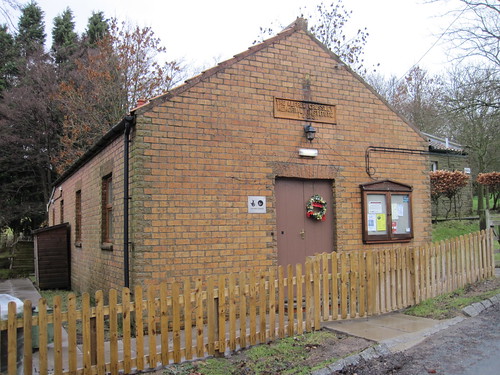Its always a happy day when someone brings a new stench pipe in your home town to your attention (well it is for me anyway). This excellent example even stands on its own mini-roundabout.

This brings the count to 10 in Redcar, although I feel there must still be more hiding in plain sight.

Stench Pipe, Brooksbank Avenue, Redcar
 Show on map
Show on map































